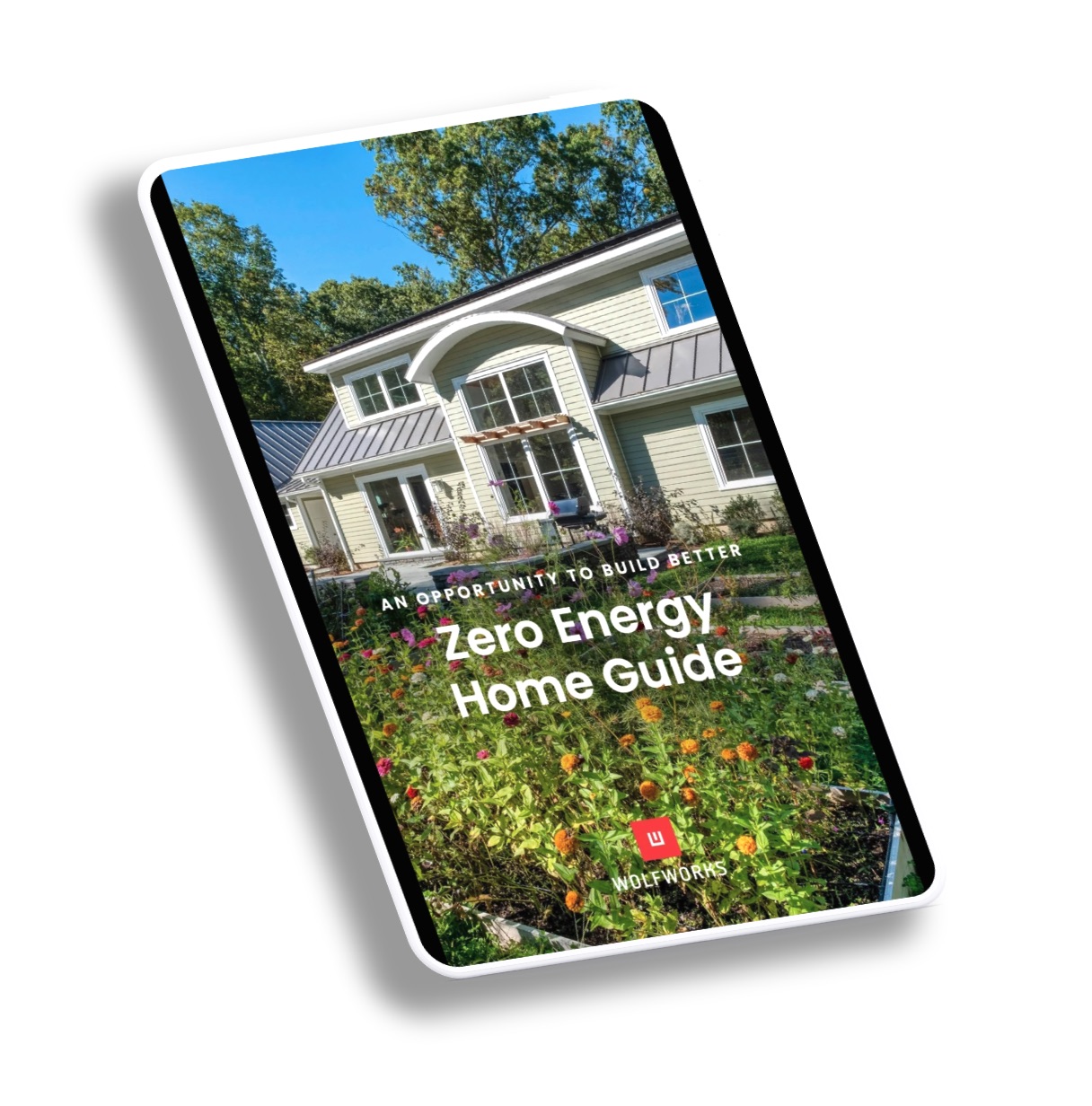Better Home. Better Life. Better Planet.
How to make your home fit, feel, and work better.
Build Different. Build Better.
Imagine a home that has been custom fit to meet your very unique lifestyle needs. Imagine a home without any drafts or cold spots, one lit by warm, natural light. Now imagine that this house harvests the sun to produce all the energy it needs. No fossil fuels. Even better, the air in this house is fresh and clean, with no allergens or pollutants.
Better Home.
Better Life.
Better Planet.
How to make your home fit, feel, and work better.
Build Different. Build Better.
Imagine a home that has been custom fit to meet your very unique lifestyle needs. Imagine a home without any drafts or cold spots, one lit by warm, natural light. Now imagine that this house is completely powered by the sun, a house that doesn’t even have a furnace. Even better, the air in this house is fresh and clean, with no allergens or pollutants.

Beauty & Life
Well-designed spaces bring family and friends together. No more orphaned corners, unused rooms, or disorderly piles of stuff in search of a home. There is a place for everyone in your family, and the activities they love, extending from inside to out. These are homes with the five great spaces that every home deserves.
Welcoming Entry • Bedroom Suite • Kitchen as Social Hub • Outdoor Rooms • Personal Space
When design and craft are used to ensure that these spaces work together in harmony, the result is a home of lasting beauty, comfort and utility. Life is better.

Energy & Sustainability
What does it mean to have a sustainable and “green” home? Simply put it’s managing the sun’s relationship to your home, selecting natural and healthy building materials, and minimizing the amount of energy required to maintain health and comfort. Just as decisions we make have a direct effect on the environment, it is important to understand the effects the environment has on us.
A home designed this way seeks to use a miserly fraction of energy for heating and cooling, and significantly less energy overall than a conventional home, all without the use of fossil fuels. And if you harvest energy with solar panels, you’re able to produce all the energy your home needs. We call this a “Zero Energy Home.”
These virtues minimize the operational impact of the home over time. We want that. Aware that the building materials we use come with their own carbon burden, we favor materials and building assemblies that are “carbon conscious” because that impact is taking place and matters now, when we build.

Comfort & Health
Imagine a home in which there are no drafts, no warmer and cooler areas, no cold surfaces. We call this “Barefoot Comfort.” Filtered, fresh air fills the house while keeping the temperature even. Pollutants and allergens are removed, making it healthier for you and your family.
Light and liveliness are at the heart of these homes. Natural sunlight fills the rooms, prudently balanced: enough in winter, not too much in summer. Spaces are designed for accessibility and function for every age.

Durability & Resilience
Say goodbye to rot and mold: these walls are designed to manage moisture. No more ice dams in winter – the walls and roof create a hearty winter jacket that stands up to the extremes. Best of all, there are no more big mechanical systems to fuel and repair. No fossil fuels in new homes and strategies to eliminate them in existing ones. These homes are built to last.
All of these principles are baked into the way we design and build a home, it is our standard. By baking in, thus locking in, an annual energy cost of zero you are insulated from the turbulence of an unpredictable and uncertain energy market. Your energy cost remains at zero. We call this energy security.
Climate change has introduced uncertainty about reliable and affordable access to energy. Rather than relying on fossil fuel generators during power outages, we are able to utilize solar power generation with battery storage, including integration with electric vehicles: batteries on wheels.
“It made a lot of sense to us that the builder would be working with the architect because they know what is possible together. The costs were really clear. If we were making a decision about buying this versus that, it was our decision to do that. It was put in a spreadsheet so you can see the impact. That process was really helpful because there were no surprises.”
– Michael and Lisa
“It made a lot of sense to us that the builder would be working with the architect because they know what is possible together. The costs were really clear. If we were making a decision about buying this versus that, it was our decision to do that. It was put in a spreadsheet so you can see the impact. That process was really helpful because there were no surprises
– Michael and Lisa

Get to know Zero
Learn what a Zero Energy Home is and why the difference between these homes and conventionally built homes matters.
Get to know Zero
Learn what a Zero Energy Home is and why the difference between these homes and conventionally built homes matters.

